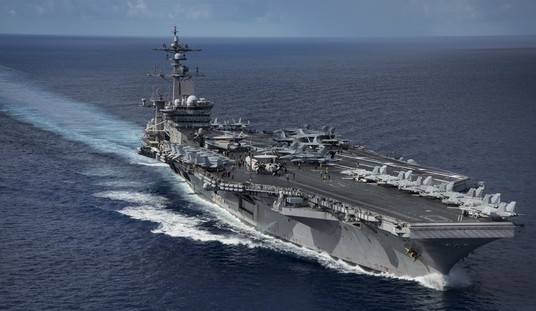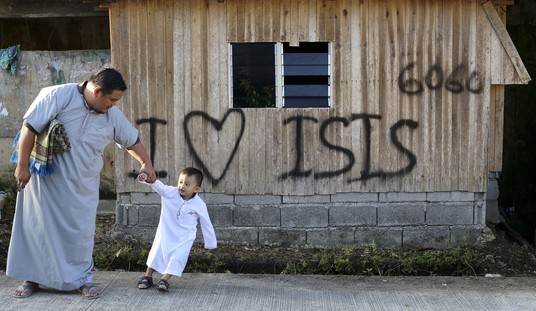Recently, Saudi Arabia and other nations in the Arab world, especially along the Persian Gulf, issued a list of 13 demands to be met by Qatar which lies on the Arabian peninsula. Qatar has not complied with any of those demands stating that to do so would threaten their sovereignty as a nation. In some respects, they have a point. In others, Qatar’s opponents have a point.
Four countries- Egypt, the UAE, Saudi Arabia and Bahrain- have essentially frozen out Qatar blocking all travel to and from Qatar. Ports have been closed and since 40% of Qatar’s food comes over land through Saudi Arabia, it has created a minor problem. Oman, which sits at the southern end of the Arabian peninsula, did not sign onto the demands and allows its ports open to Qatari goods.
What upsets Saudi Arabia and the other nations are demands one through seven:
- Curbing military and diplomatic ties with Iran;
- Sever all ties to known terrorist organizations;
- Shutting down the Al-Jazeera network based in Qatar;
- Shutting down certain other media outlets controlled by Qatar;
- Ending Turkey’s military presence in Qatar;
- Cease funding terrorist groups designated as such by Arab countries and the United States, and;
- Hand over alleged terrorists “harbored” in Qatar.
What upsets Qatar are the other six demands:
- Stop granting Qatari citizenship to people from other Arab nations;
- End contact with political opponents in neighboring countries;
- Pay reparations for losses suffered due to certain Qatari policies;
- Align more closely with other Arab nations;
- Consent to regular audits, and;
- Comply within 10 days.
Kuwait is trying to be the negotiator in this stand-off and has thus gained success only on the last demand having secured an extension of the 10-day deadline.
This has been a simmering dispute in the Arab world. Although Qatar is a nation of only 300,000, they have enormous oil and natural gas wealth. The two main factors are Qatar’s documented financial support of certain terrorist groups and their cordial relations with Iran. The latter is mostly out of pragmatism since they share a large natural gas field in the Persian Gulf with Iran.
After the Arab Spring, Qatar aligned itself with the Muslim Brotherhood in Egypt. That did not end too well for the Brotherhood in Egypt as they were drummed out of power and their leaders either jailed, executed or deported. Further, the Gulf nations view Al-Jazeera as a thorn in their side since they seemed to be sympathetic to the uprisings occurring throughout the Arab world. For their part, Qatar financially supported uprisings in Libya and Syria which is the seed of the morass that is the Middle East today.
According to Middle East expert Hassan Hassan:
“The countries of the region can be divided into two camps: one that seeks to advance its foreign interests through support of Islamists, and one whose foreign policy is guided by opposition to the rise of Islamists.”
Qatar falls into the former category. However, it is somewhat hypocritical, in this writer’s opinion, that Saudi Arabia would lead the charge that Qatar is the biggest financial supporter of Islamist terrorist groups in the Middle East. Their financial support for certain groups is also well-documented.
However, since 2003 the United States has known of the financial support of terrorist groups by Qatar. Several attempts by Congress to have the Treasury Department place sanctions on Qatar have failed. It is also known that Qatar has a terrorist watch list with no names on it.
Probably the greater motivating factor in the row between the countries and Qatar is that country’s relationship with Shiite Iran, Saudi Arabia’s nemesis in the Middle East. As mentioned earlier, they share a natural gas field in the Persian gulf with Iran so there are practical considerations in maintaining good relations with Iran.
While this has been a simmering feud with Qatar, three recent events seem to have sparked the latest action. First, an alleged statement by the emir of Qatar sympathetic to Iran and Hezbollah created a stir on the Arabian peninsula. Qatar maintains that the report is false and the product of hackers. Second, the Gulf nations were incensed that Qatar paid close to $1 billion to secure the release of a Qatari hunting party kidnapped by terrorists in Iraq.
But probably the two greatest impetuses for the recent controversy is the royal succession in Saudi Arabia and the presidential succession in the United States. Mohammed bin Zayed is the influential crown prince in Abu Dhabi who has butted heads with Qatar almost relentlessly. He has found a kindred spirit in Mohammed bin Salman, the young crown prince of Saudi Arabia which has become more assertive in the region in trying to thwart Iranian influence in the Middle East. Many blame these two as the primary instigators in the recent diplomatic crisis while Egypt, under al-Sisi, bristles at the thought that many Muslim Brotherhood members who escaped his purge fled to Qatar where they reside today.
In his first foreign trip, Donald Trump had a friendly visit to Riyadh where he consulted with Arab leaders and declared that the financial support for terrorists emanating from the area had to cease. Led by Saudi Arabia, they saw this as a unique opportunity to curry closer ties with the United States- ties that had been strained under Obama over the Iran nuclear deal- by moving against Qatar.
For the United States, the situation gets complicated since Qatar is home to the Al Udeid Air Base. Located 20 miles outside Doha, it has 11,000 US personnel stationed there and is the nerve center of air operations throughout the Middle East as well as some other countries. According to one report, an airplane lands or takes off every ten minutes every hour of every day whether in combat, refueling, or reconnaissance missions. It controls US air combat traffic over Syria, Iraq and Afghanistan.
Having partially starting or emboldening actors in the recent kefuffle- furthered by an ill-advised Trump tweet- the United States now stands in the middle caught between two equally important strategic goals in the region: cutting terrorist financing and maintaining an important military installation in a volatile region.
The way forward is some compromise acceptable to all nations. Kuwait, and to a lesser extent, Oman have been playing that role. It would be in the best interests of the United States to broker some agreement where both sides can save face while both strategic goals are met. We cannot afford to lose a $60 million air operations base nor can we afford for Qatar to continue being a financier of terrorism.














Join the conversation as a VIP Member